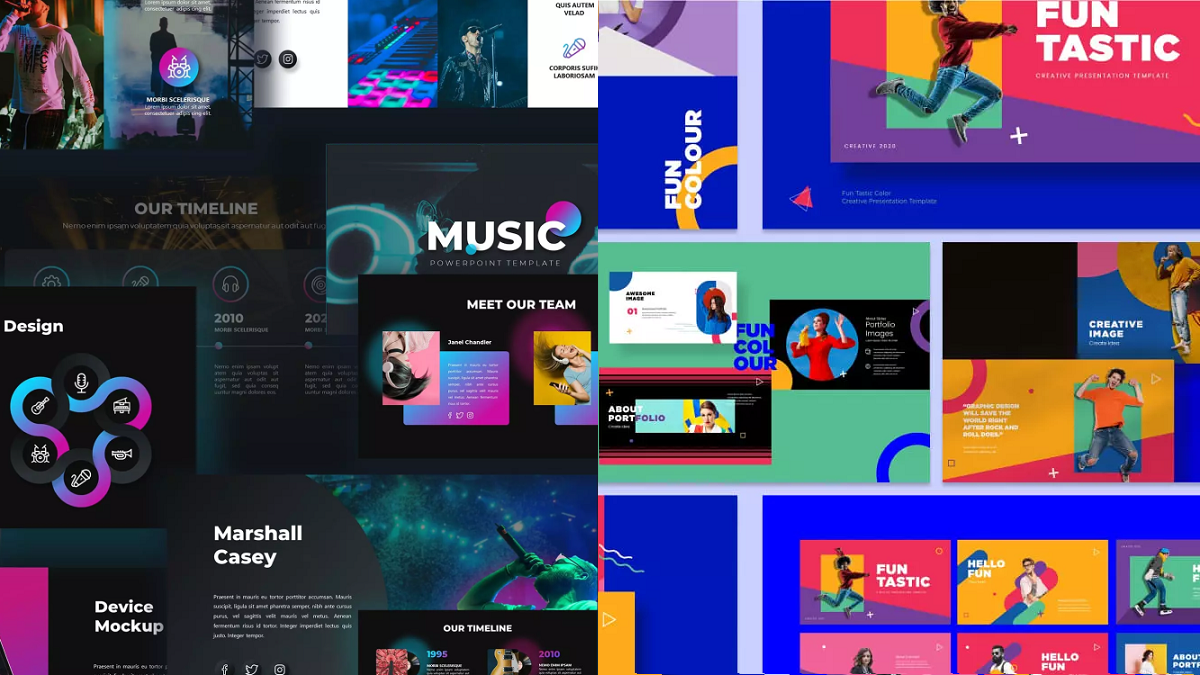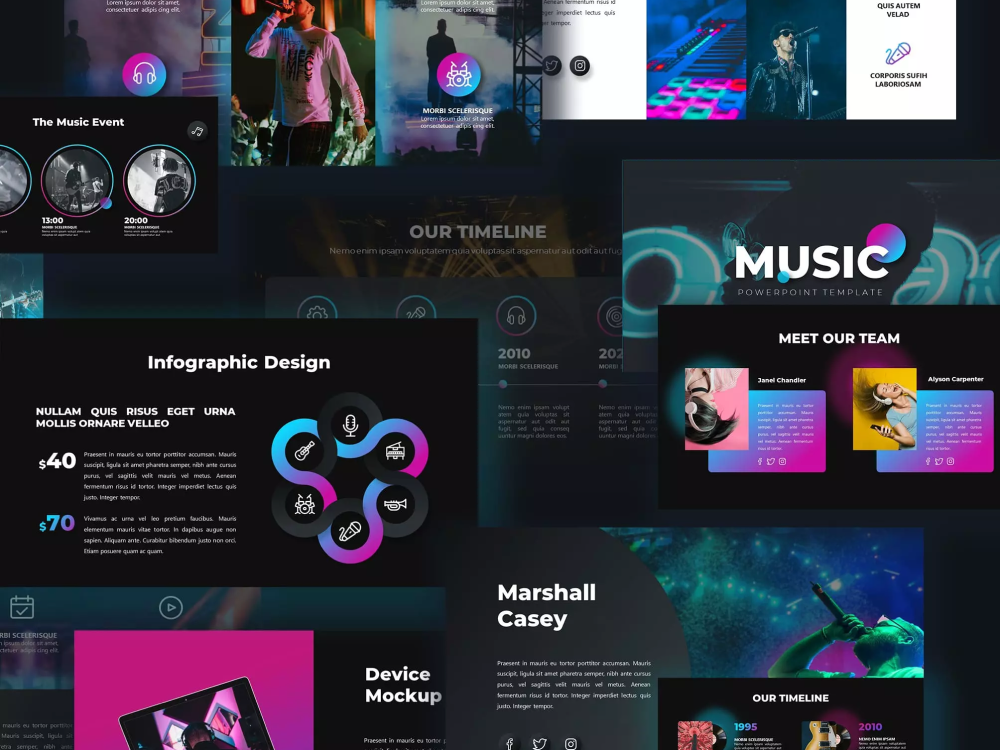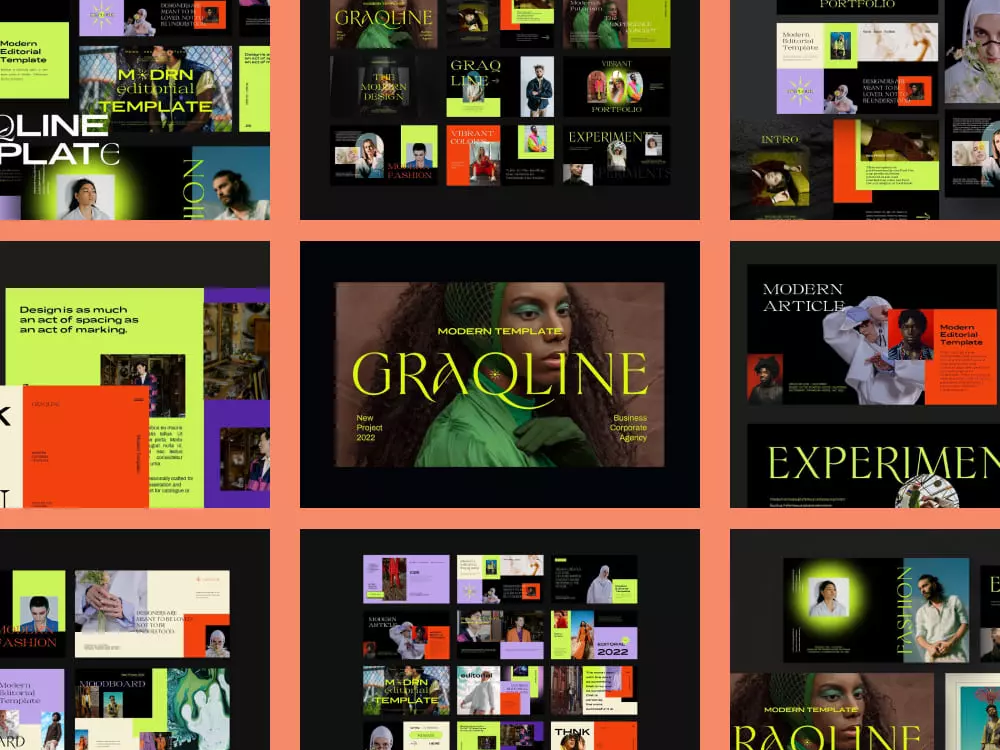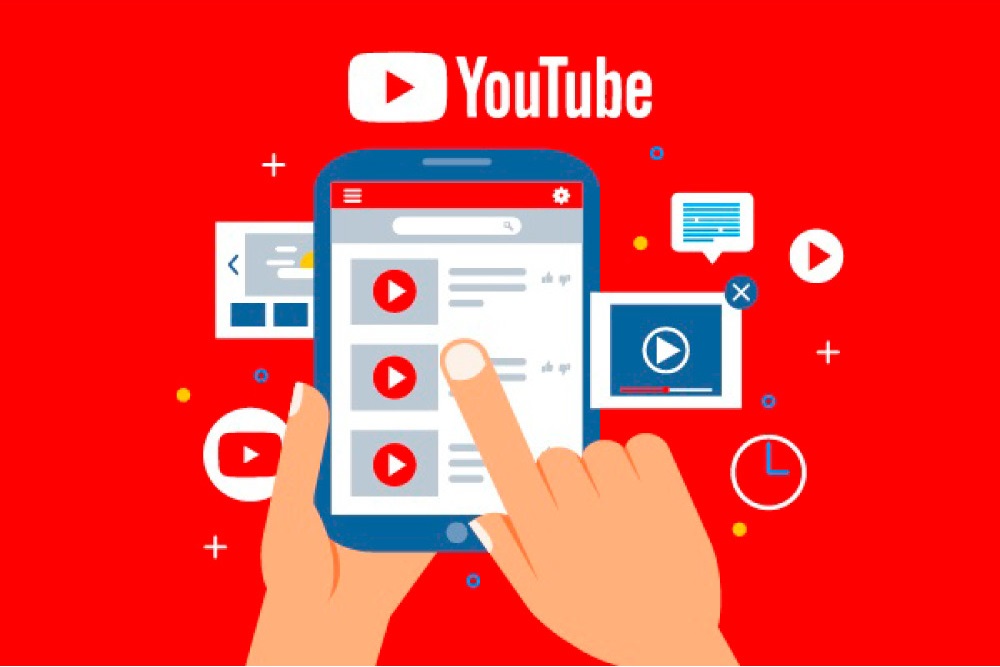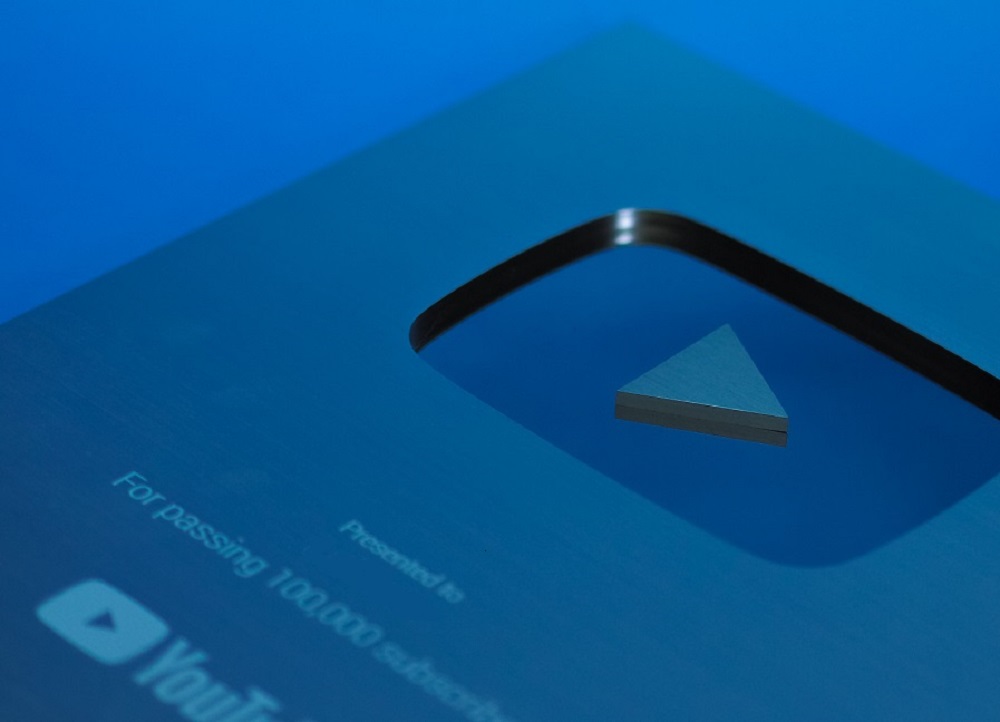Strategic Investments: Buying CTV Inventory

In the big, wide world that is digital marketing, one of the newest challenges that has popped up in the last few years is navigating the connected TV (CTV) domain. The meteoric rise of CTV has admittedly caught many of us marketers off guard, but for those aiming to stay ahead of the curve, understanding how to strategically invest in CTV inventory is an absolute necessity.
In this post, we’ll demystify the world of how to buy CTV inventory and give you some practical insights about how you can maximize the value of your CTV ad spends.
What is Connected TV (CTV)?
CTV is a television set or video content that’s connected to the internet and can stream video, including Hulu, Netflix, Amazon Prime Video, Sling TV, and many others. It doesn’t require a cable box, but instead relies on dedicated apps or streaming devices like Roku, Apple TV, or Chromecast.
Traditionally, TV advertising meant buying time slots on broadcast or cable networks.
However, CTV inventories now come with a different set of dynamics, primarily auction-based, and are akin to buying digital display advertising.
Why Should You Invest in CTV?
With the rise of cord-cutting and “cord-shaving”, traditional TV reach and viewership have seen a decline, making way for CTV as the new advertising pioneer.
CTV ad spend amounted to $24.6 billion in 2023, marking a sizable increase from the previous year. It’s estimated that 87% of US households now own at least one CTV device, and research suggests that these numbers will only continue to rise.
The writing is on the wall. CTV is the way of the future. And buying CTV inventory is your ticket to success.
The Auction System and Real-Time Bidding
Similar to digital advertising platforms, CTV inventory is often bought and sold through real-time bidding (RTB).
Ad inventory is made available through various supply-side platforms (SSPs), which stream content to CTV devices. On the other side, demand-side platforms (DSPs) allow advertisers to bid on this inventory.
The auction dynamics of CTV require a different strategic approach compared to traditional TV buying, as advertisers now need to compete in real-time for impressions.
Before you invest in CTV inventory, you need to have some data on your side. You need to know where your audience is, understand the performance metrics that matter, and leverage platforms that provide flexibility and control over your investments.
Concerns to Keep in Mind
Despite the promising landscape, there are several issues to consider when buying CTV inventory.
Ad Fraud and Brand Safety
Ad fraud in CTV can be complex and harder to detect. Click fraud, invalid traffic, and domain spoofing are challenges that marketers face when running CTV campaigns. Implementing verification technologies is your best line of defense here.
Brand safety is another concern. With the sheer volume of content available on OTT platforms, aligning ad placement with a brand’s values is crucial. To do this, you may want to take advantage of tools that provide some control over where your ads are shown.
Data Privacy and Compliance
CTV advertising involves the collection and use of consumer data.
Adhering to data privacy regulations, such as the General Data Protection Regulation (GDPR) and the California Consumer Privacy Act (CCPA), is paramount.
You must make sure that all of your data usage is transparent, with opt-in features for viewers to maintain compliance.
Tracking and Attribution in CTV Ad Performance
Measuring ad performance in CTV can also be challenging, as traditional tracking methods used in digital ads may not translate directly to this medium.
View-through rates (VTR) and other engagement metrics can provide some helpful insights, but they may just prove to be the tip of the iceberg. You might need to go one step further.
Creative Approaches in CTV Advertising
Unlike traditional TV advertising, CTV ads can take advantage of the interactive and dynamic nature of the medium. Feel free to experiment with a variety of creative approaches, such as:
- Interactive elements, such as surveys or clickable call-to-actions
- Tailored content that aligns with the interests and viewing habits of the audience
- Use of sound, motion, and narrative to create an immersive brand experience
Future-Proofing Your CTV Investments
The evolution of technology and consumer behavior requires a forward-thinking approach to CTV investment.
So how can you develop this forward-thinking approach?
Start by keeping abreast of industry trends and technological advancements. Do some research on a regular basis. The ephemerality of viewing platforms and content means things never get boring – but it also means that a successful strategy today may not be as effective tomorrow. Staying flexible and prepared to pivot is crucial.
Building or partnering with a team skilled in CTV advertising and the requisite technology platforms is an investment in your investment. The ability to leverage the latest tools and best practices will be a competitive differentiator.
The Future of CTV Advertising
Connected TV represents a high-stakes game with high rewards. By understanding the landscape, making informed investments, crafting impactful ads, harnessing the power of data, and staying agile, you can position your brand to not only survive but thrive in the CTV arena.
It’s a landscape rich with potential, and those who master it will be the ones who influence the future of advertising.





